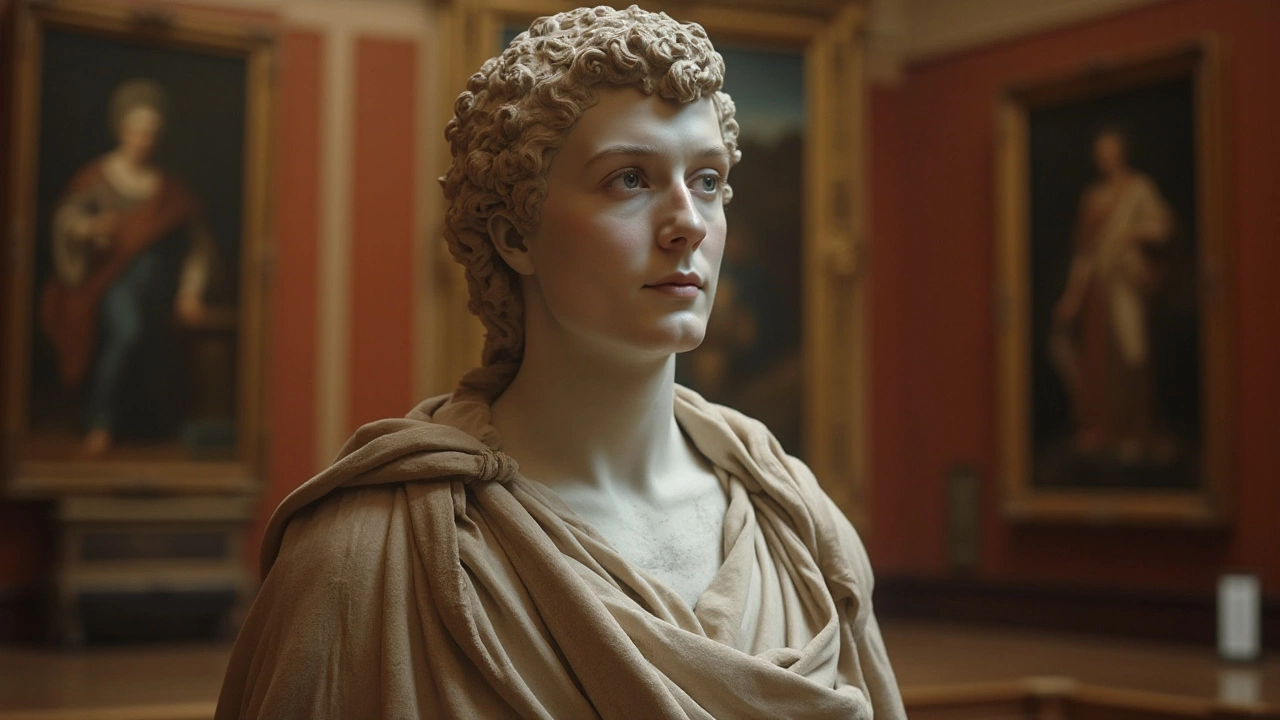What Determines Worth in Art and Music?
Ever wondered why some paintings sell for thousands while a similar one stays on a shelf? The same goes for music downloads, prints, and even portrait commissions. The answer isn’t magic—it’s a mix of facts, demand, and a few easy‑to‑spot clues.
How to Gauge the Value of a Painting or Print
First, look at the artist’s reputation. A name that shows up in galleries, museums, or reputable auction houses usually adds weight. Next, check the medium. Original oil paintings tend to fetch more than prints, but a signed giclée can still be valuable if the print is limited and the ink is archival.
Signed prints are a common question: are they worth anything? The signature alone isn’t enough. Look for a certificate of authenticity, a limited edition number, and details about the printer. When those line up, you’re looking at a piece that collectors consider real.
Materials matter, too. A sculpture made from cheap plaster will never rival one carved from bronze, even if the design is the same. For beginners, using affordable materials like recycled objects can be smart, but if you plan to sell, think about how the material will affect long‑term value.
What Makes Music Worth Paying For?
Music has its own worth system. Free download sites can be handy, but they often lack high‑quality files and legal clearance. Paying for a track on a reputable platform guarantees better sound and supports the artist. If you’re looking at subscription services like Spotify Premium, ask yourself: do you need ad‑free listening, offline mode, or higher audio quality? Those are the real perks that justify the cost.
When it comes to historic recordings, rarity plays a huge role. The first recorded song ever, for example, holds immense cultural value—even if you can’t own the original. Museums and collectors pay big bucks for early recordings because they’re irreplaceable snapshots of music history.
Now, let’s talk portrait prices in the UK. A portrait painter’s fee can range from a few hundred pounds for a quick sketch to several thousand for a full‑size oil work. Factors include the artist’s experience, the size of the canvas, and how detailed the portrait is. If you’re budgeting, set a clear brief and ask for a detailed quote before the work starts.
One quick tip: always ask for a portfolio. Seeing past commissions helps you gauge the artist’s style and the level of detail you can expect for the price you’ll pay.
So how do you decide what’s worth it? Start with these steps:
- Research the creator’s background and market history.
- Check for authenticity markers—certificates, limited edition numbers, signatures.
- Consider the material or format quality—archival paper, high‑resolution audio, durable sculpture media.
- Compare similar items on trusted marketplaces or auction results.
- Ask questions: why is this priced this way? A good seller will have clear answers.
By breaking down each factor, you’ll stop guessing and start making confident decisions about what’s truly valuable. Whether you’re buying a signed print, a portrait commission, or a music track, the same rules apply: know the source, check the proof, and match the price to the quality.

3 Feb 2025
Sculpture art has, throughout history, enchanted and intrigued art enthusiasts, collectors, and connoisseurs alike. As these stunning creations stand the test of time, certain sculptures have become immensely valuable due to their artistic significance, historical importance, and unique allure. This article explores some of the most valuable sculptures in the world and what makes them worth such staggering sums. Readers will learn about the fascinating stories behind these masterpieces and understand the factors contributing to their high value.
Continue reading...
